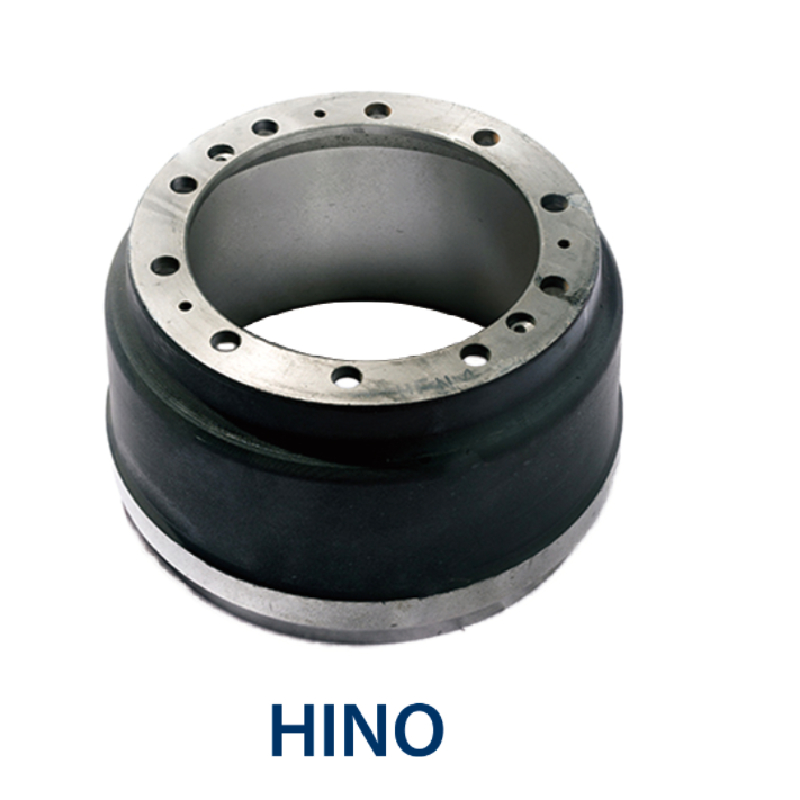Dec . 04, 2024 09:46 Back to list
rear brake drum shoes
Understanding Rear Brake Drum Shoes Essential Components for Vehicle Safety
Brake systems are fundamental to the safe operation of any vehicle, yet many drivers overlook the significance of specific components, such as rear brake drum shoes. These shoes play a critical role in ensuring effective braking performance, particularly in vehicles equipped with drum brakes. In this article, we will explore the function, construction, maintenance, and replacement of rear brake drum shoes, highlighting their importance in vehicle safety.
What Are Rear Brake Drum Shoes?
Rear brake drum shoes are semi-circular components that press against the inner surface of a brake drum when the brakes are applied. This friction generated by the shoes against the drum slows down or stops the vehicle. Unlike disc brakes, which use brake pads and rotors, drum brakes utilize these shoes to create the necessary braking force. Though many modern vehicles now use disc brakes, drum brakes are still commonly found in older cars and some contemporary budget models, especially on the rear wheels.
How Do Rear Brake Drum Shoes Work?
When the brake pedal is depressed, hydraulic fluid is sent from the master cylinder to the wheel cylinders located within the brake drum assembly. The increase in fluid pressure causes the wheel cylinders to expand, pushing the brake shoes outward against the drum. This frictional contact generates the necessary slowing force, bringing the vehicle to a halt. The design of the drum shoe is aimed at maximizing this friction while allowing for smooth engagement and release.
Construction of Brake Drum Shoes
Typically made from a steel backing plate and a friction material bonded or riveted to its surface, rear brake drum shoes are engineered for durability and performance
. The friction material can vary, with options such as organic, metallic, or ceramic compounds, each having its advantages and disadvantages in terms of heat resistance, noise levels, and wear rates. The choice of material often depends on the specific needs of the vehicle and driving conditions.Signs of Worn Brake Drum Shoes
rear brake drum shoes

Like all vehicle components, rear brake drum shoes have a lifespan and will eventually wear out. It is essential for drivers to be aware of the warning signs indicating that the shoes may need replacement. Common symptoms of worn brake shoes include
1. Squealing or Grinding Noises If the shoes are worn down to the metal, they may produce a grinding noise when braking. This sound is a clear indication that immediate replacement is necessary to prevent damage to the brake drum.
2. Reduced Braking Performance If the vehicle takes longer to stop or the brakes feel less responsive, it may be a sign of worn brake shoes, which can compromise safety.
3. Vibrations If you feel vibrations in the brake pedal or the steering wheel when braking, it could indicate uneven wear on the shoes or a malfunction in the brake assembly.
4. Visual Inspection Regularly checking the thickness of the brake shoes can alert you to a need for replacement. Most mechanics recommend inspection during routine vehicle maintenance.
Maintenance and Replacement
To ensure optimal performance, it is crucial to maintain rear brake drum shoes properly. Regular inspections, cleaning the brake assembly, and replacing worn shoes are essential tasks for vehicle upkeep. While some drivers may choose to replace brake shoes themselves, it is often recommended to consult with a professional mechanic. Proper installation and adjustment are vital for safe and effective braking.
Conclusion
Rear brake drum shoes are a critical component of a vehicle's braking system, contributing significantly to overall safety. Understanding their function, recognizing the signs of wear, and knowing when to replace them can help motorists maintain their vehicles in top condition. Regular maintenance and vigilance will ensure that your braking system remains responsive and reliable, ultimately contributing to safer driving experiences. Remember, your brakes are the last line of defense in preventing accidents—never overlook their care!
-
Scania Brake Drums: OEM Quality for Optimal Safety & Durability
NewsAug.16,2025
-
R.V.I: Advanced Remote Visual Inspection for Precision
NewsAug.15,2025
-
Discover HYUNDA: Innovative Vehicles, Equipment & Solutions
NewsAug.14,2025
-
R.V.I: Unlock Advanced Insights & Real-time Performance
NewsAug.13,2025
-
Kamaz Brake Drum: Durable & Reliable for Heavy Duty Trucks
NewsAug.12,2025
-
Heavy Duty Iveco Brake Drum - Premium Quality & Safety
NewsAug.11,2025
